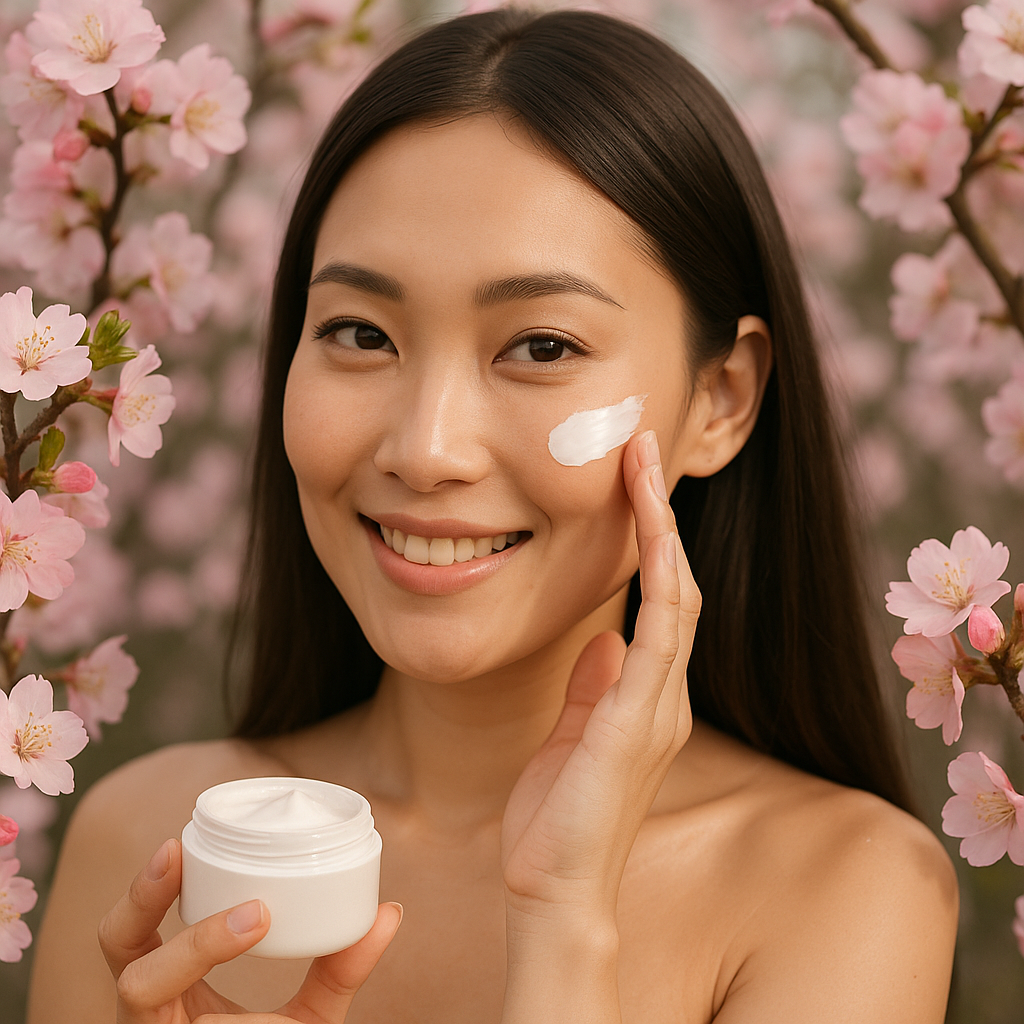
Korean cosmetics after 50: What really works and why
Korean skincare is a trend, but does it still work after 50? Science, tips, warnings, and humor in one article.
Korean cosmetics look like a dream come true
– radiant skin, perfect rituals, velvety serums and packaging so beautiful that you could display them instead of paintings. But be careful, dear! Miracles do not exist, but smart care does. Let's look at the #glassskin trend with perspective, a pinch of science and a little feminine intuition. Because more than a 10-step routine, we need to know what really works for our skin – and what is just marketing in a cute package.
What is K-beauty – and why is everyone talking about it?
K-Beauty, or Korean skincare, has taken the world by storm with the speed of a viral video. The word gave rise to serum, serum gave rise to essence, essence gave rise to mask – and suddenly we all wanted porcelain skin. Behind it all is a billion-dollar business, cutting-edge research and a good dose of Instagram magic.
But before we get excited to the point where we layer toner, essence, and ampoule before breakfast instead of coffee, it's a good idea to stop for a moment and ask yourself: What does my skin really need after 50?
Science versus advertising: What really works?
Yes, Koreans are masters of innovation – snail mucin, enzymes, Cica, peptides… it sounds like a magic elixir. But even magic needs the right dosage. Dermatologists warn: too much of a good thing can do more harm than good. Especially for more sensitive or hormonally changing skin, which is exactly what we have after 50.
Plus, what works in the Korean climate may not be ideal in the dry, polluted European environment. While Koreans love lightweight textures, we need something that really keeps our skin hydrated.
Who is K-beauty made for – and who is it better not for?
Korean skincare is like a great coat. It can fit you like a glove, or it can pinch and scratch you. If you know what your skin needs, K-Beauty can be a wonderful ally. But if you blindly follow trends and overdo it with products, you'll end up with more irritation than brightening.
It is ideal for:
- dry and dehydrated skin
- the first signs of aging (yes, even those behind the ears)
- sensitive people who want soothing and nourishment
- women who want to indulge in a care ritual, not just a "quick lubrication"
Be careful on the contrary:
- for very oily and acne-prone skin
- after procedures (peelings, microneedling, etc.)
- in case of allergy to plant ingredients (and there are plenty of them)
Miracle ingredients? Yes. Miracles? Unfortunately, no.
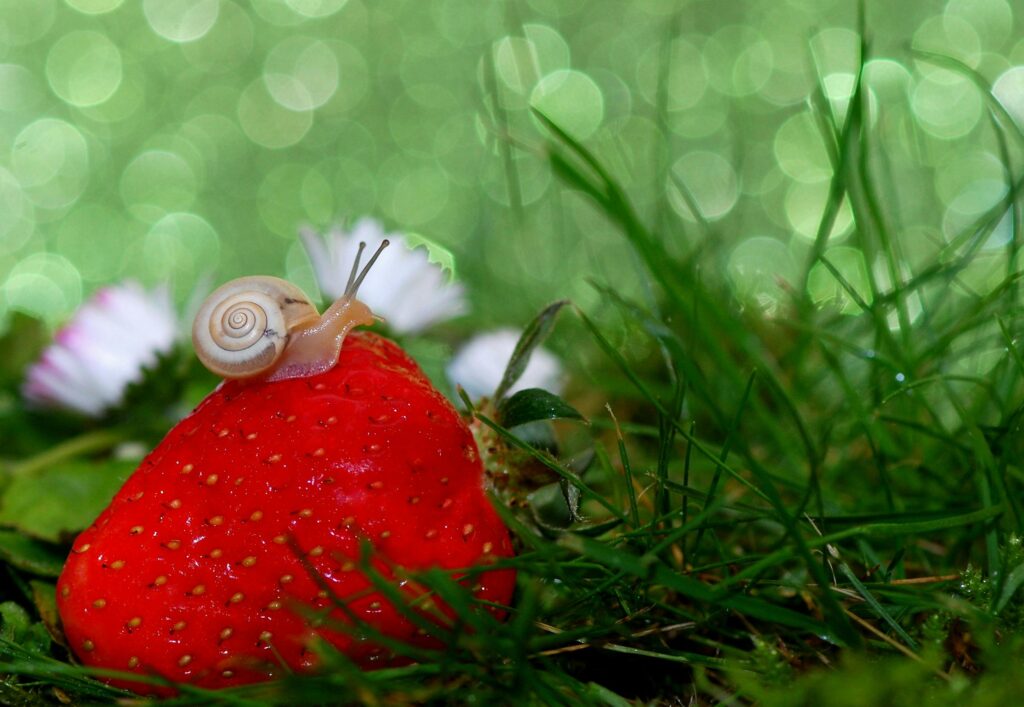
Yes, some ingredients are exceptional – like niacinamide, snail mucin or Centella Asiatica extract. But context is key. Less is often more, and most importantly: what your friend loves may not suit your skin at all.
Marketing loves words like “glass skin” or “porcelain glow.” But true beauty isn’t about shine, it’s about health. Hydration, protection, regeneration – these are the three magic pillars on which your beauty regimen can stand. Not ten products a day.
Apart from Czech e-shops, there is probably the largest selection on Stylevana.com it is a store with mainly Korean cosmetics, but they also have a large selection of Japanese brandsThey are based in Hong Kong and, like a typical Asian e-shop, they constantly have a bunch of promotions, sales, and discount codes.
K-beauty after fifty: How to use it smartly and effectively
So how do you get the most out of it without unnecessary fatigue and disappointment? Here are my three simple tips:
- Focus on function, not number – Cleansing, moisturizing, SPF protection. Then try a serum or essence.
- Test and observe – Test every new product on a small patch of skin first. See how it behaves after a week, not two days.
- Be realistic. – Skin over 50 can be beautiful, healthy, and radiant. But it won't be the skin of a 20-year-old Korean woman, even if you sleep in a refrigerator and drink bamboo dew.
Skin Strength: Asian vs. European – What is it really like?
It's a more complex topic than it seems, and there's no simple "stronger" or "weaker" answer. There are specific differences in skin biology between different ethnic groups that affect how the skin reacts to external stimuli and ages.
The common claim about "thinner" or "weaker" Asian skin has its roots in several aspects:
- The epidermis (top layer) may be thinner: Some studies suggest that the epidermis, the outermost layer of skin, may be slightly thinner on average in Asian skin than in Caucasian skin. A thinner epidermis may mean greater sensitivity to irritants and potentially greater permeability to some ingredients.
- Higher risk of post-inflammatory hyperpigmentation (PIH): Asian skin tends to respond to inflammation (e.g. acne, sun damage, injury) by producing more melanin, leading to dark spots that are difficult to remove. This can be interpreted as a “weaker” resistance to pigmentation changes.
- Lower ceramide content: Some research suggests that Asian skin may naturally have lower levels of ceramides, which are key to a strong skin barrier. A weaker barrier can lead to greater water loss and sensitivity.
On the other hand, Asian skin also has its "stronger" sides:
- Higher density of collagen and elastin in the dermis (middle layer): The dermis, the layer beneath the epidermis, is often thicker in Asian skin and has a richer network of collagen and elastin fibers. This means that Asian skin naturally has greater elasticity and firmness, leading to slower onset of deep wrinkles and saggingThis is one of the main reasons why Asian women often look younger than they actually are – they develop fewer deep lines and are more likely to show overall sagging in later life.
- Higher natural sun protection (SPF): Asian skin contains a higher amount of melanin, which naturally provides it with higher UV protection (equivalent to approximately SPF 7-10). However, this is only partial protection and is definitely not a substitute for daily SPF.
- Less tendency to wrinkles: Due to the higher content of collagen and elastin, fine wrinkles appear later in Asian skin and deep wrinkles are less pronounced compared to Caucasian skin of the same age.
How does this relate to the K-beauty philosophy?
K-beauty is often designed to:
- Intensively moisturized: Addresses potentially lower ceramide content and the need to strengthen the skin barrier.
- Protected from the sun: It takes into account the susceptibility to hyperpigmentation and the overall importance of protection.
- It had brightening and unifying effects: It fights against pigment spots.
- It was layered and delicate: Respects potential skin sensitivity.
Yes, genetics play a huge role in how our skin ages and looks. GGenetics without proper and consistent care will not protect you foreverKorean skincare is so effective precisely because it combines prevention, consistency and emphasis on hydration and protection, which are universal principles for healthy, youthful skin, regardless of ethnicity. Moreover, Asian women view skin care as a daily ritual and an investment in their future appearance, which is reflected in the results.
So to summarize: Asian skin has some finer features (e.g. thinner epidermis), but it also has stronger aspects (thicker collagen, better protection against wrinkles)K-beauty is designed to maximize these strengths and minimize weaknesses. And the fact that it works so well on European skin is a testament to the versatility of its principles and ingredients.
The effect of traditional Asian diet on skin and collagen
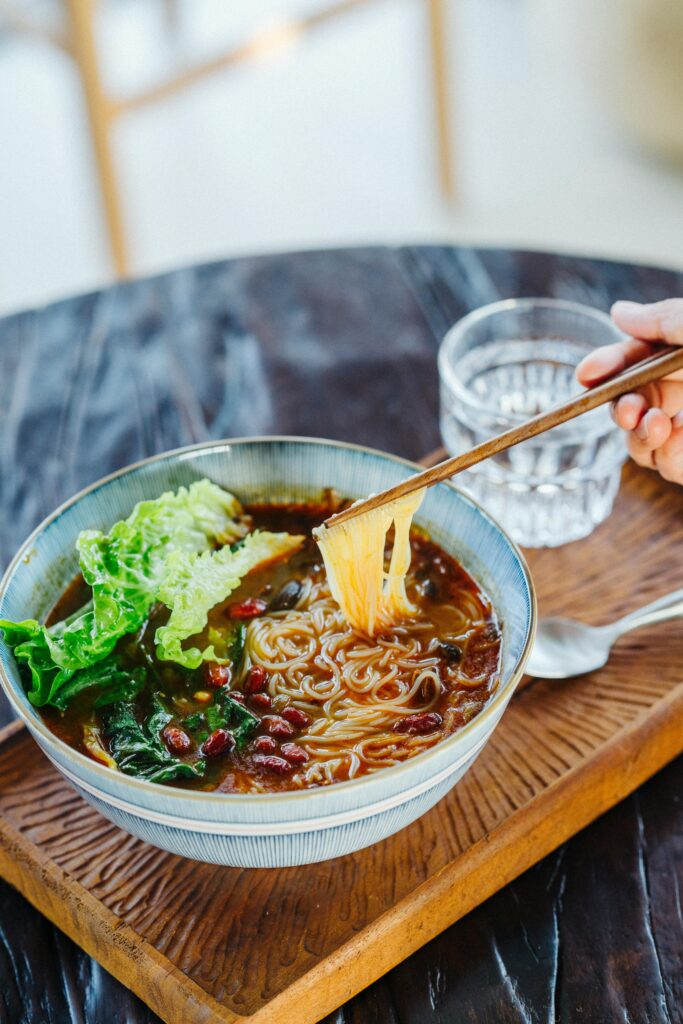
Traditional Asian diets, especially in countries like Korea, Japan, or China, are often very different from the typical Western diet and are considered highly beneficial for health and longevity, including skin health. Here are the key aspects and why they can contribute to better collagen and elastin quality:
- High intake of fish and seafood:
- Fish (especially fatty ones like salmon, mackerel) are rich in Omega-3 fatty acidsThese acids are known for their anti-inflammatory effects and support a healthy skin barrier. They can also indirectly support collagen and elastin production by protecting cells from damage and optimizing their function.
- Seafood (e.g. fish cartilage, gelatinous parts of marine animals) are a direct source of collagen (so-called marine collagen, which is well absorbed) and other beneficial nutrients.
- Bone Broth:
- Traditional preparation of broths from bones, skin and cartilage of animals (often chicken, pork, fish) is common in Asia. These broths are a rich source of collagen in the form of gelatin, as well as amino acids (proline, glycine), which are basic building blocks for collagen synthesis in the body.
- They also contain minerals (calcium, magnesium) and other substances beneficial to connective tissues.
- Amount of fermented foods:
- Fermented foods like kimchi, miso, natto, tempeh, or fermented soy products they are a staple of Asian cuisine.
- They support healthy gut microbiome, which has been shown to have an impact on skin health (“gut-skin axis”). A healthy gut absorbs nutrients better and reduces systemic inflammation that can damage collagen.
- The fermentation process may also increase the bioavailability of some vitamins and minerals.
- High intake of vegetables, fruits and herbs:
- Asian food is rich in antioxidants from fruits, vegetables (e.g. green tea, shiitake mushrooms, algae, goji) and herbs (ginseng, ginger). Antioxidants protect collagen and elastin from damage by free radicals, which are caused, for example, by UV radiation and pollution.
- Many of these foods are rich in vitamin Cwhich is essential for collagen synthesisWithout enough vitamin C, collagen cannot form properly.
- Lower intake of sugar and processed foods:
- Compared to the Western diet, the traditional Asian diet tends to be lower on added sugars and highly processed foodsExcessive sugar intake leads to a process called glycation, when sugar binds to collagen fibers and makes them stiff and less elastic, which accelerates skin aging.
Summary:
Yes, it is highly likely that traditional Asian diet significantly contributes to maintaining higher collagen and elastin density and an overall more youthful appearance of the skin. The combination of genetics, meticulous skin care (K-beauty routine) and a diet rich in collagen, antioxidants and anti-inflammatories creates a synergistic effect that explains the remarkable quality of Asian skin.
It's a great example of how Internal health and nutrition go hand in hand with external care and both components are necessary for optimal results.
CONCLUSION:
From genes to rituals
It's fascinating to watch how Asian women, across generations, manage to maintain skin that sometimes makes you wonder if they're twenty or fifty. Although genetics undoubtedly plays an important role, it is absolutely crucial to realize that It alone will not protect us forever.Maybe in your thirties, but by your fifties it's obvious that without proper care, genetic advantages will fade.
The secret lies in comprehensive approachthat Korean beauty so masterfully embodies. It's not just about layering products, but prevention, consistency and a relentless emphasis on hydration and sun protectionThese principles are universal and applies to every skin type, regardless of ethnicity. Moreover, Asian women do not see skin care as a necessary chore, but as a daily ritual and an investment in your future appearance, which simply has to be reflected in the results.
This external ritual is then supported by internal care – traditional Asian diet, rich in fish, strong broths, fermented foods and antioxidants, significantly contributes to maintaining higher collagen and elastin densities and an overall more youthful appearance of the skin. It is about synergistic effect, where genetics, a careful K-beauty routine, and a nutritious diet reinforce each other. That's the real key – no miracle cream or pill, but a holistic approach to skin and body care, from quality nutrition to daily regular care, see the article about mitochondria!
📝 "With Korean women, it's sometimes like a puzzle without a clue - thanks to their healthy diet, thoughtful grooming, and disciplined routine, it's hard to tell if they're twenty... or forty."
💬 "So what do you say - make a sheet mask tonight while you're Netflixing? Your skin will thank you tomorrow. And so will I. :)"



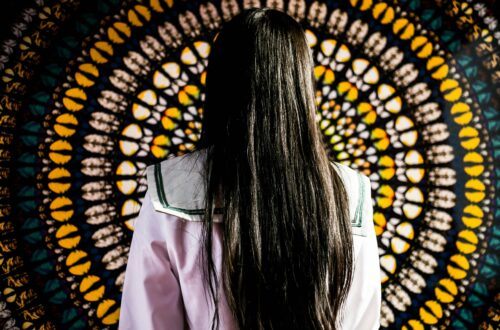
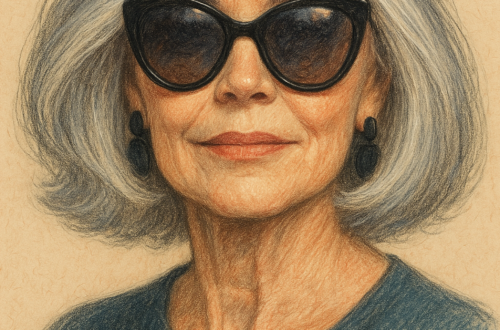
I love Korean cosmetics, my skin has improved a lot since I started using them.